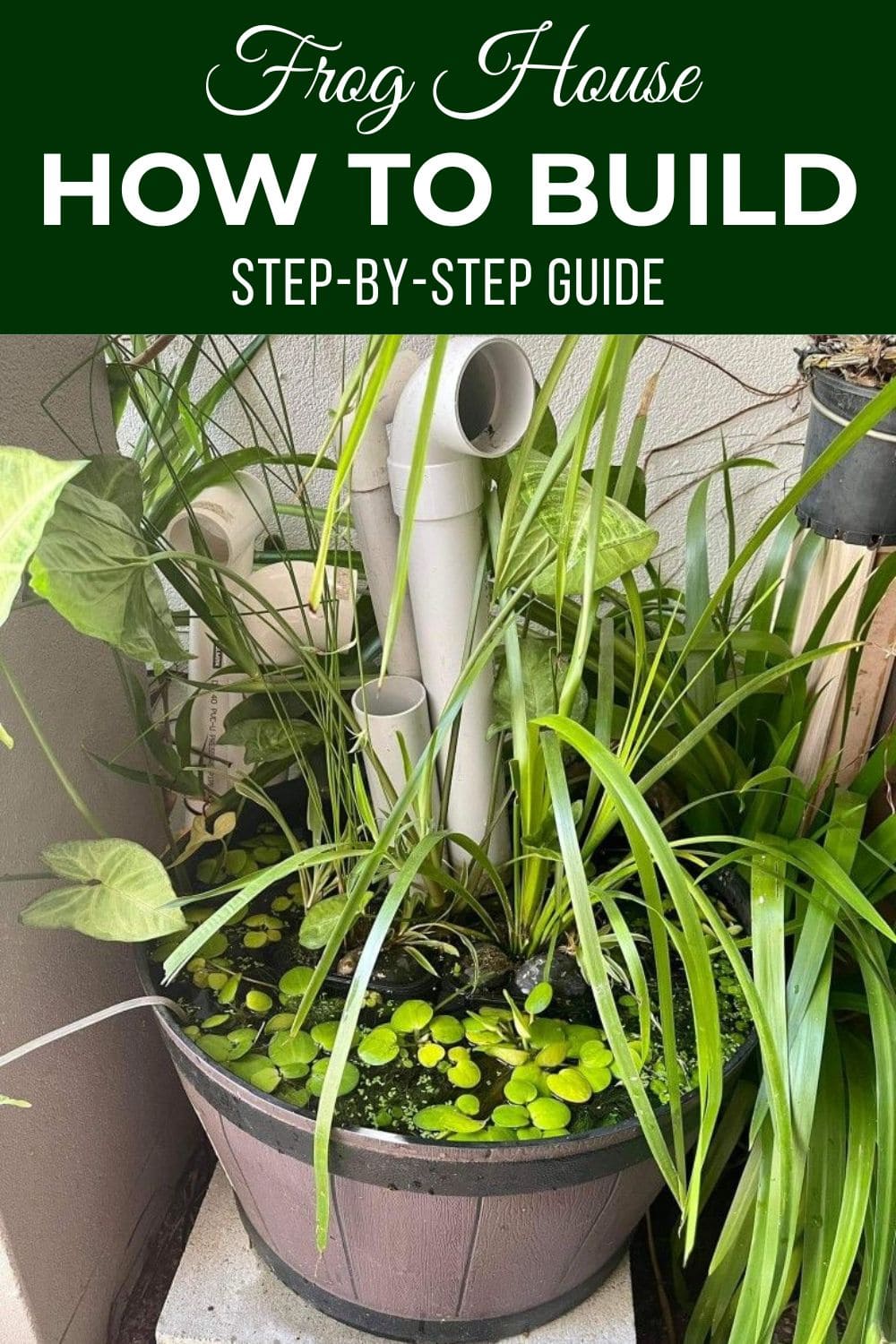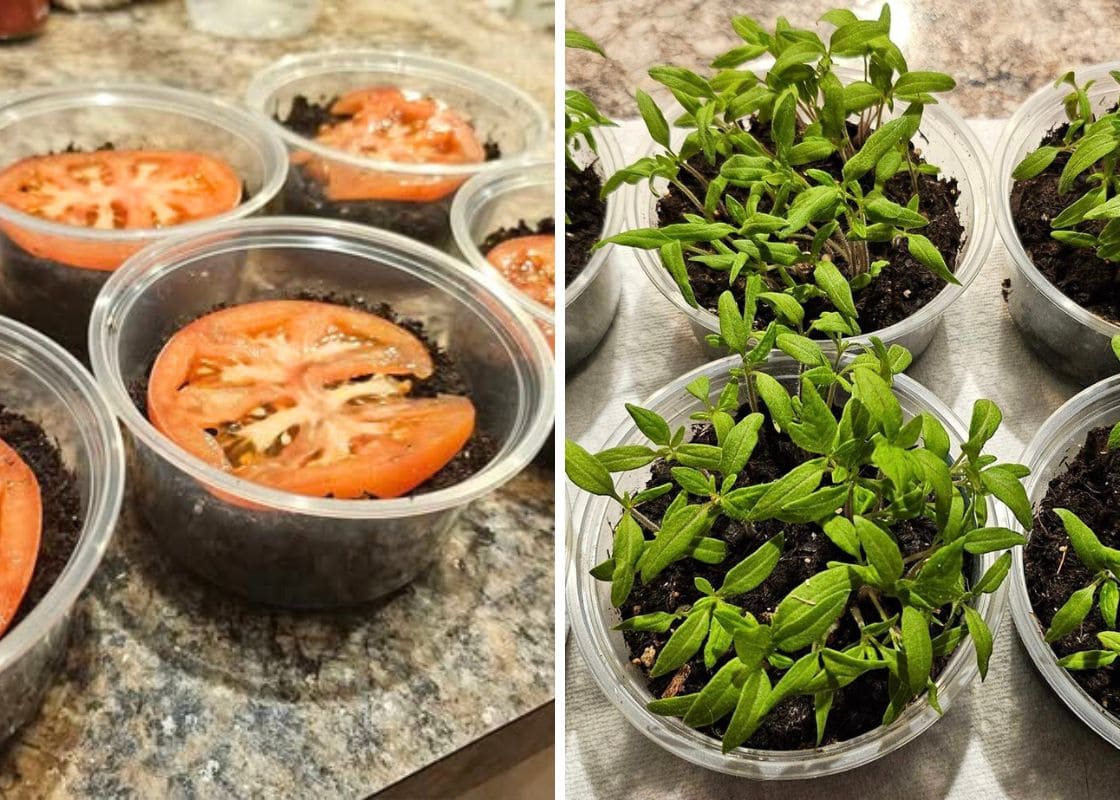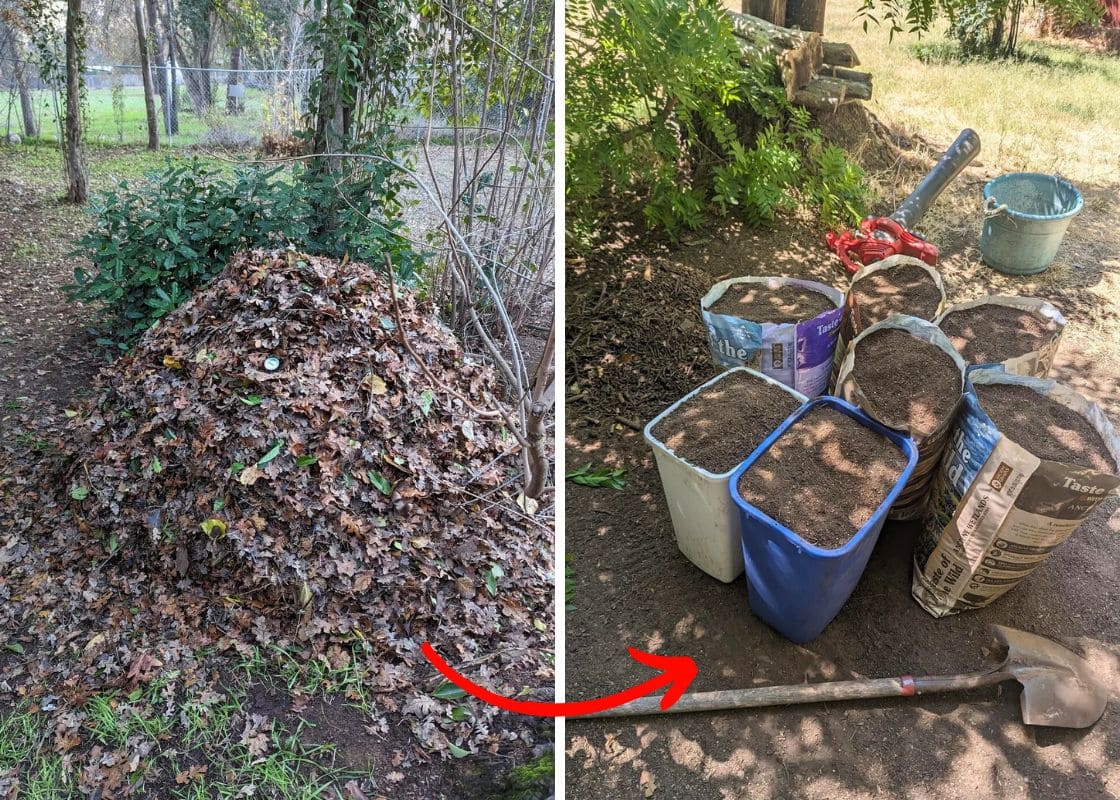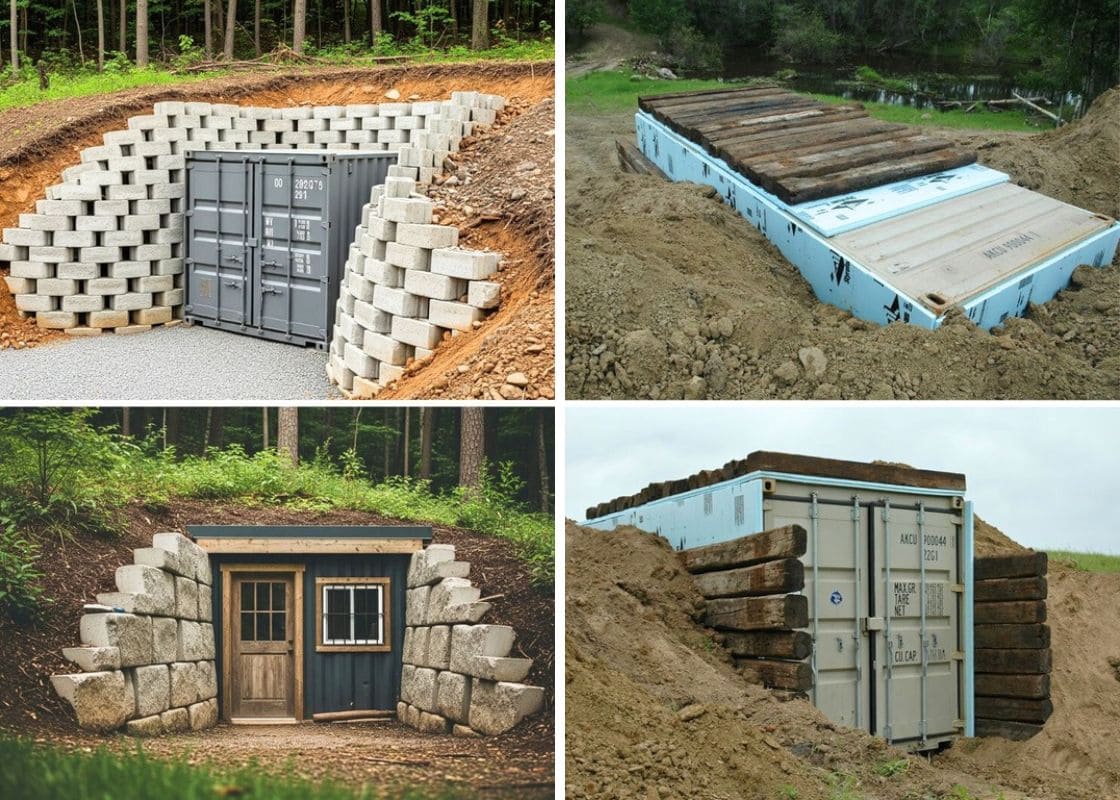Every garden needs a few quiet heroes – the ones who do their work at night, keep pests in check, and never ask for anything in return. Frogs are those heroes.
They’re natural pest controllers, gentle neighbors, and key players in keeping your garden ecosystem balanced.
But in modern gardens filled with trimmed lawns, tidy beds, and little shelter, frogs struggle to find safe places to hide and rest.
That’s where a frog hotel comes in, a simple, sustainable project that provides refuge for frogs while adding a touch of creativity to your outdoor space.
Why Your Garden Needs a Frog Hotel
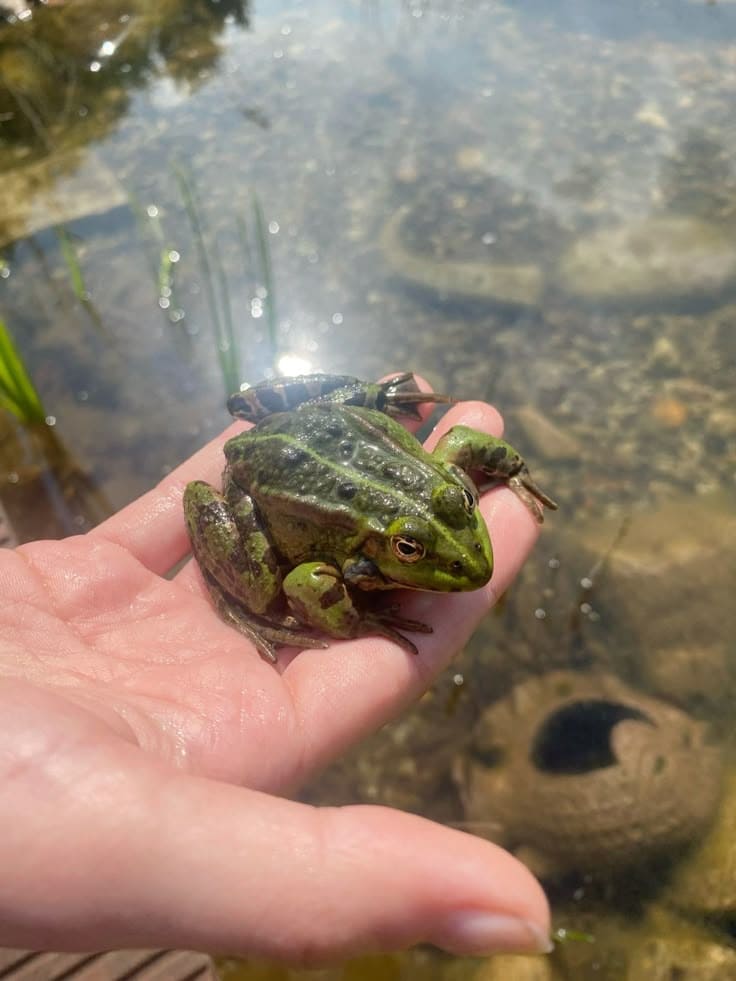
Frogs are an essential part of a healthy ecosystem.
They feed on slugs, beetles, mosquitoes, caterpillars, and even aphids, making them the most natural form of pest control you could ask for.
Unfortunately, frog populations have been declining worldwide due to habitat loss, pollution, and the disappearance of wetlands.
Many species spend part of their life in water and the rest on land, so they rely on damp, shaded places to hide during the day and hibernate through winter.
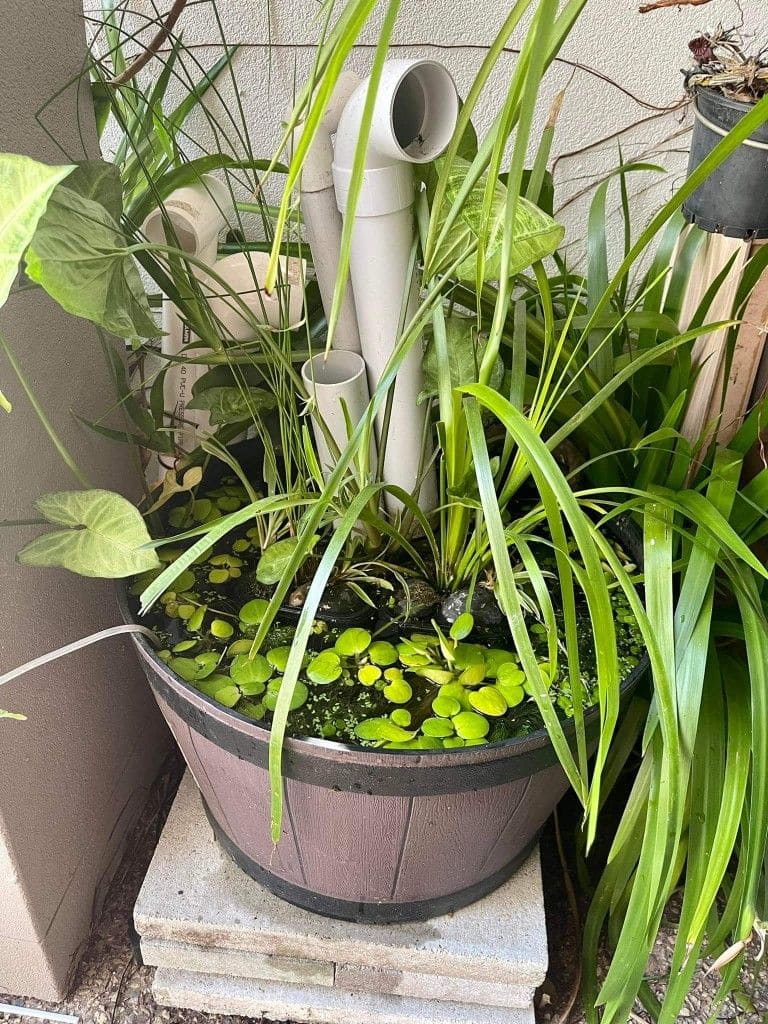
A frog hotel mimics their natural habitat, offering moisture, darkness, and safety from predators like cats and birds.
By building one, you’re not only helping your garden thrive naturally, you’re giving these little amphibians a place to call home.
Choosing the Right Location
Location matters more than design when it comes to frog hotels. Frogs need a cool, shaded, and moist environment.
The ideal spot is somewhere close to a pond, rain garden, or shady patch of soil.
Even if you don’t have a pond, you can still attract frogs by placing the hotel near dense vegetation or an area that stays damp after rain.
Avoid sunny, dry spots or open lawns where the structure will overheat or dry out quickly.
Also, keep it away from areas where pets roam, frogs are sensitive creatures and prefer quiet corners of the garden.
If you can, choose a slightly sunken area or a north-facing spot under shrubs or tall plants. This helps maintain humidity and keeps the temperature stable.
What You’ll Need
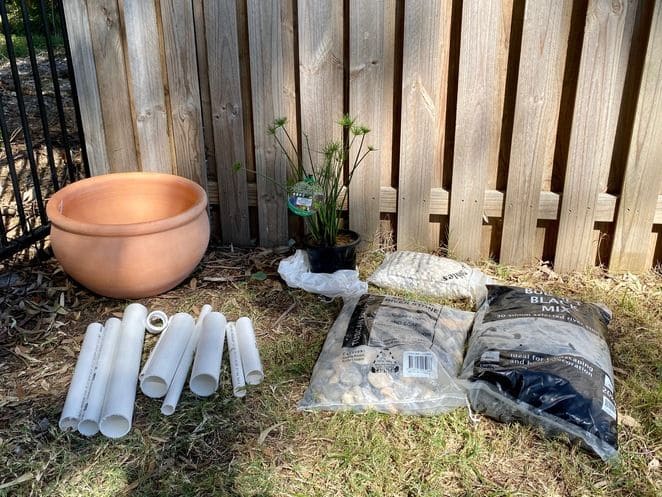
You can build a frog hotel using simple, eco-friendly materials. Most of what you need may already be in your shed or garden:
- Short sections of PVC pipes, bamboo canes, or clay drainage tubes (each around 2-4 inches wide and 6-10 inches long)
- Bricks, logs, or large stones to form a base and structure
- Moist natural materials such as moss, bark, straw, or leaf litter for filling and insulation
- A piece of wood or slate for the roof to protect against heavy rain
- Optional: a shallow water dish or small pond nearby
The goal is to create several small, dark cavities where frogs can tuck themselves away during the day.
Building Your Frog Hotel
1. Prepare the Foundation
Start by clearing a small patch of ground about one to two feet wide.
You then lay down a few flat stones, bricks, or small logs to create a stable base with gaps between them, these openings act as entryways for the frogs.
2. Arrange the Shelter Tubes
Lay your PVC or bamboo tubes horizontally on top of the base. These hollow spaces will serve as rooms for frogs to crawl into.
If you have both large and small tubes, alternate them to give different-sized frogs options.
If you’re using bamboo, leave the natural nodes on one end intact as frogs prefer closed, dark ends for safety.
3. Fill with Moist Natural Material
Stuff damp moss, bark pieces, or leaves around the tubes and in the gaps between the stones.
This keeps the structure cool and holds humidity. Avoid materials that could mold or compact too tightly. The idea is to create a breathable but snug hideaway.
4. Add a Roof
Cover the top with more stones, bark, or a flat piece of wood to form a roof. This keeps rain from flooding the interior and shields it from direct sunlight.
For a natural look, you can camouflage the top with soil, leaves, or creeping plants.
5. Add a Nearby Water Source
If you don’t have a pond, a shallow dish of water or an old plant saucer filled with pebbles works perfectly.
Frogs won’t live in water all the time, but they do need easy access to moisture, especially in summer.
Keeping It Frog-Friendly
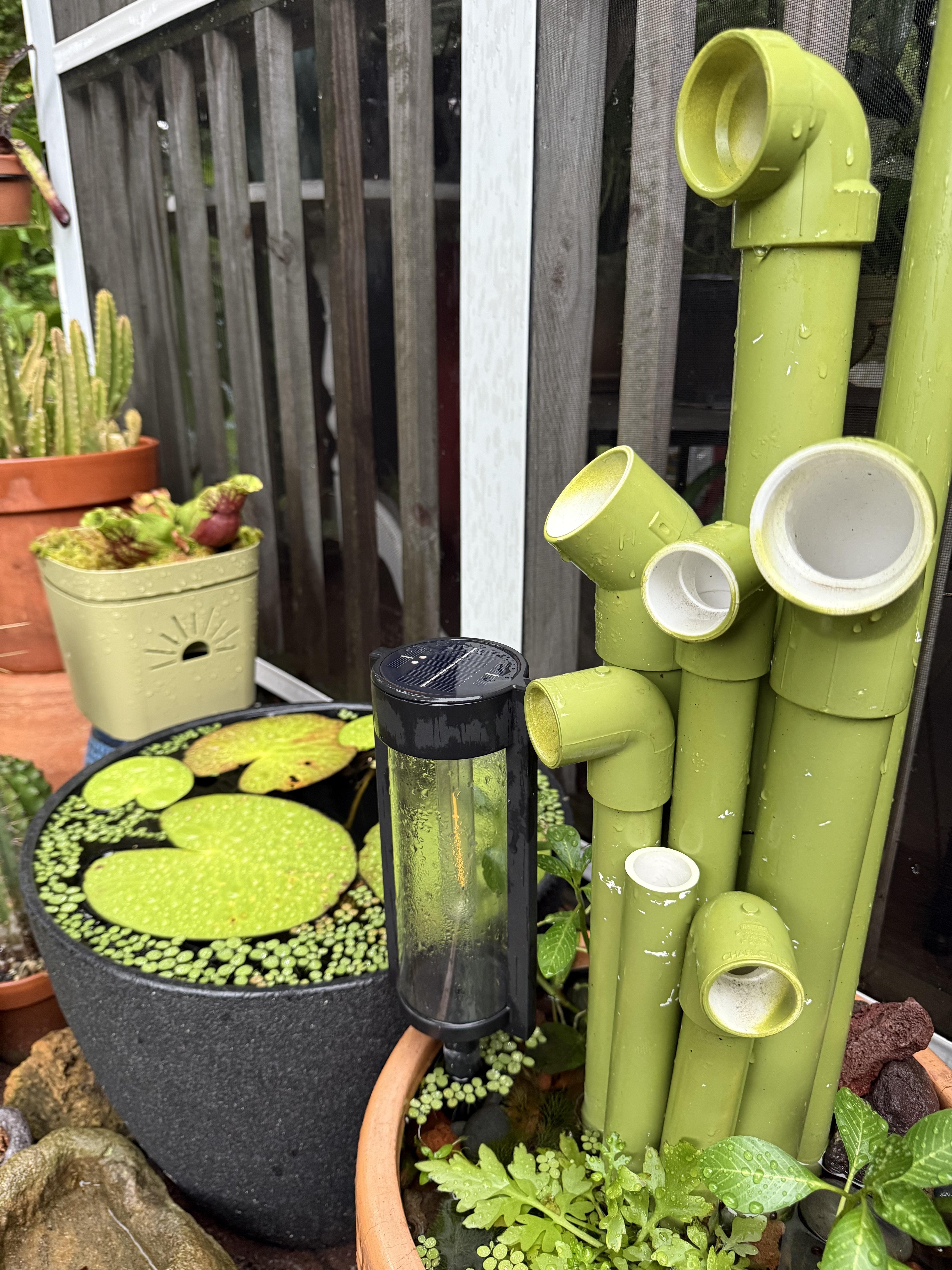
A frog hotel doesn’t require much maintenance. The key is to keep it damp and undisturbed.
Water nearby plants regularly so the soil stays moist, or lightly sprinkle the area with a watering can during dry spells.
Avoid using pesticides, fertilizers, or slug pellets around your frog hotel as frogs absorb water (and toxins) through their skin. Even small amounts of chemicals can harm them.
You can check the structure occasionally, but don’t move it around or handle the frogs. They’ll settle in if they feel safe and undisturbed.
If you live in a colder climate, leave the hotel untouched through winter, frogs may use it for hibernation.
Seasonal Tips
In spring, frogs emerge and look for moist shelters. Keep the area around your hotel free of dry debris so they can move freely.
Turning to summer times, add extra moss or mist the area during hot days. Frogs are most active at night, so you may see them hopping out around dusk.
Next, in autumn, pile fallen leaves around the hotel to provide extra insulation for the colder months.
And in winter, avoid disturbing the site. Frogs may burrow into the surrounding soil or leaf litter to hibernate.
See also: 10 Plants Frogs Love And Tips for a Frog-Friendly Garden
